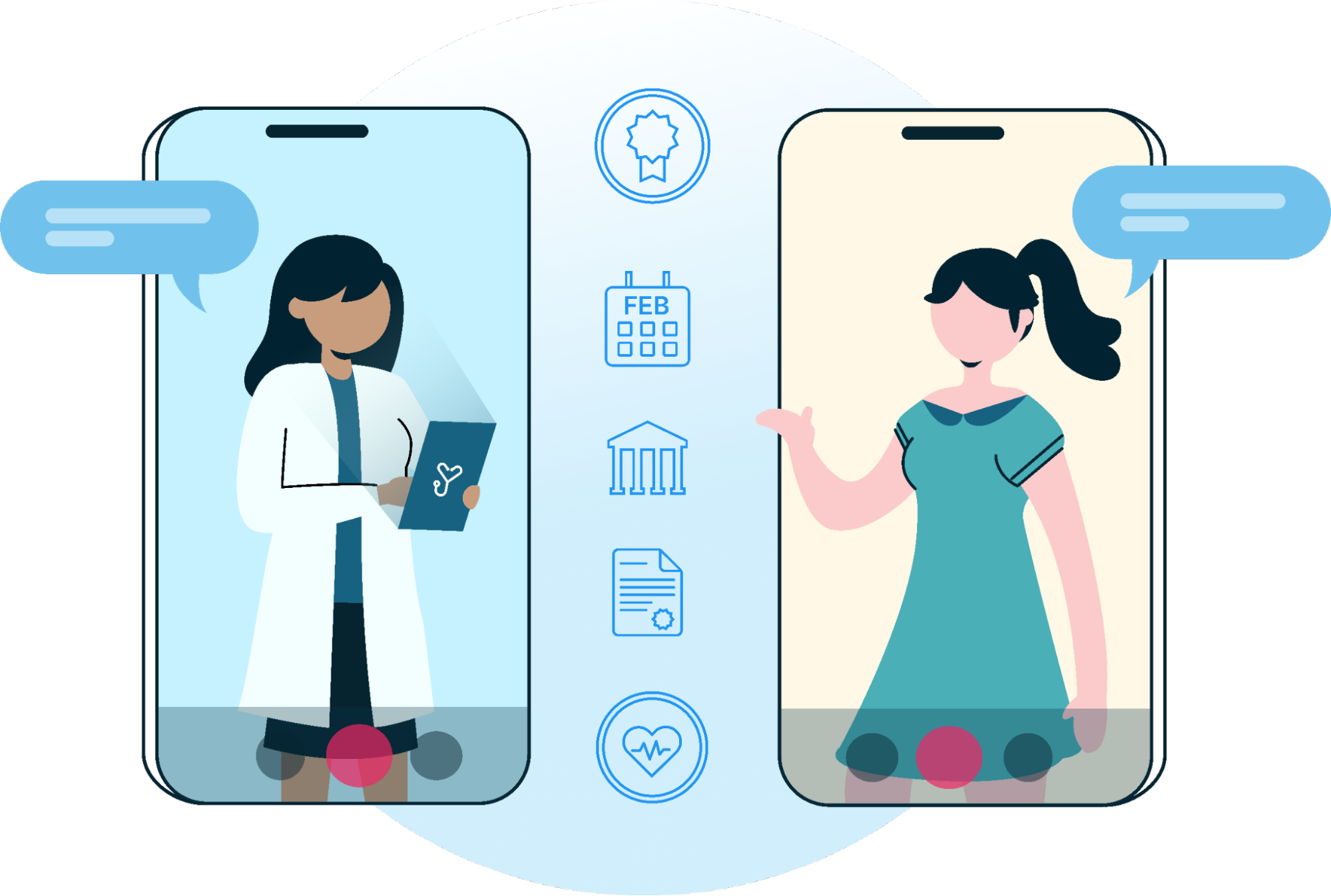Why Health Systems Should Use Telehealth to Steer Patients Away from the ER

Hospitals and health systems across the country are rolling out telemedicine services for patients. The existing landscape of telehealth companies means there certainly is no shortage of plug-and-play options, but Mend’s goal in implementing virtual care is to not only provide more access and options for high-quality care, but also to allow Health Systems to engage with their community of patients across a city, state, or region.
When thinking about engaging people who seek health services, it’s not just about treating the patient. The best health systems must ensure their patients get to the right place for their point of care within the system – hospitals, health plexes and physician practices as well as their website and virtual presence.
Improving Patient Access and Care Coordination with Telehealth
Health systems are amazing at staffing their facilities with physicians and advanced practice providers who are already familiar with treating local patients. Telehealth platforms like Mend can use their care coordination capabilities to redirect patients seeking care to specialists within the health system or load balance providers virtually across multiple physical locations to meet demand, reduce wait times, and improve productivity.
When digital front door partners fully integrate with EHRs, the referral process becomes simplified and referral metrics and client outcomes are just a few clicks away. On-call and after-hour services can easily be scaled because healthcare providers that idle in one location can easily treat patients through virtual kiosks stationed at another facility within the health system.
Other digital front door use cases for health systems include:
- Patient satisfaction surveys
- Specialist and third-party consults in real-time
- Virtual lab result and screenings review
- Patient self-scheduling, rescheduling and cancellations
- Ability to extend a health system’s brand into rural markets without a brick and mortar facility
What Health Systems Should Look for in a Telehealth & Digital Front Door Partner
Health systems seeking out a telehealth or digital front door partner should evaluate whether the vendors being considered has the proper back-end capabilities to easily function with existing internal systems. Partners should not only be able to perform the tasks your health system wants to function now, but also in the future.
Other minimum capabilities health systems should look for include:
- White label functionality
- Secure patient communication
- Virtual clinical assessments and consults
- Digital intake and other patient forms
- Digital signature capabilities on multi-party forms
- Video appointments (one-on-one, group, kiosk, on-demand, and more)
Keyword:
Find a Topic:
Recent Posts
- Compassionate Foundations: Self-Care for Mental Health Providers
- Behavioral Health News: Mend Partners with Leading Community Mental Health Organizations to Reduce No-Shows and Increase Access to Care
- Understanding SAMHSA’s Key Changes to 42 CFR Part 8: A Guide for Healthcare Professionals
- Becoming a CCBHC: Staffing Requirements
- Empowering Change: SAMHSA’s Impact on Behavioral Health Through Grant Funding, Innovation, and Collaboration

